
When it comes to measuring impact, reducing waste, conserving our energy and improving the quality of our soils, there is one topic that will cover all bases…compost! This nutrient dense, microbe rich, carbon sequestering worm food is where it’s at. But what has this got to do with food waste?
Over the past 2 years we have been measuring and monitoring our waste and energy across all areas of our business. This has enabled us to make some positive changes which have made considerable difference to our waste and energy use. We have reduced our water usage by 36% since we began monitoring and we have ensured that no more than 50% of all our waste goes to landfill.
Regarding food waste, we have implemented a number of initiatives in an attempt to reduce the amount of waste that we produce in the first place; team training, analysing plate waste, giving food away to staff at the end of the day and creating a staff food waste group across the business. And yet, prior to installation of the Ridan, we were sending an average of 20 kilos per day, thats 8 tonnes of food waste per year, to an off-island anaerobic digester. That's a lot of extra foodmiles and a huge waste of a valuable resource. Composting our food waste provides an excellent way to reduce our overall impact.
Fortunately, thanks to the arrival the Ridan composter, we are now able to turn all our raw food waste (that’s 50% of our total food waste, 4 tonnes per year) into nutrient rich compost.
This black gold will be returned back to the soil to feed the worms, improve plant growth and health, increase rooting depth, reduce soil erosion and improve physical, biological and chemical soil properties.
How it works
The composting process requires a mixture of nitrogen and carbon. In our case, food waste (20kg) and woodchip from our agroforestry practices in equal quantities which are deposited daily into the composter. (See figure below.) The handle is turned a few times to aerate the mixture and because there is air, warmth, food and moisture, the beneficial composting microbes have an ideal environment in which to thrive. As the microbes do their work breaking down the food waste and woodchip, heat is released, the composter will get as warm as 70C after only a few days of use. This heat will also create moisture is great for the microbes and composting process.
Every day, the handle is turned 8 times which rotates blades inside the composter. This rotation both aerates the mixture, and moves it along towards the end of the container where it is deposited, collected, and matured for 3 months before being ready for use on the land.

A simple, natural and satisfying closed loop process that is hugely beneficial to people and planet; The Ridan saves energy and resources on waste collection and provides us with a valuable organic soil-enhancing product that we don’t need to import from anywhere else. All the while educating us on the power of microorganisms and nature’s ability to turn a waste product into a valuable resource.
You can read more about how a Ridan Composter works here
In our closed-loop composting system, food waste is collected and then processed through the Ridan to transform it into compost. The compost is then used to enrich our soil and grow garlic. This creates a closed loop system where waste is transformed into a valuable resource, reducing the need for external inputs and minimizing waste.
Closed loop composting has a number of benefits, including reducing waste, improving soil health, and reducing greenhouse gas emissions. We are hoping this compost will complement our other practices that aim for a more circular and resilient farm system.
















